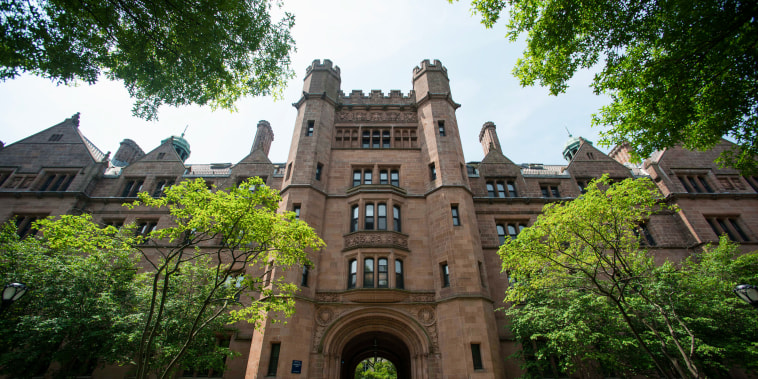As the world of academia continues to evolve, so do the methods and practices that build up the bedrock of the industry. One such area that has faced ongoing transformation due to litigation is the financial aid packages offered by Ivy League institutions. In recent times, these esteemed institutions have found themselves implicated in legal controversy for alleged favoritism towards wealthier students, leading them to reevaluate and redefine policies.
The most recent phase of this scandal witnessed the resolution of lawsuits against the majority of Ivy League universities. According to the suit, these institutions – including Harvard, Dartmouth, Columbia, and Cornell, among others – were part of a scheme that ultimately resulted in the admission of wealthier students.
One of the central points of contention involves the complex web of financial aid offered by universities. Critics argue that this system is fundamentally flawed and prone to favor wealthier students, thereby disadvantaging those from less affluent backgrounds. Ivy League institutions have traditionally pooled resources and agreed upon consistent financial aid policies; however, the lawsuit alleges that this agreement effectively creates an environment where only the richest students can navigate and benefit from these practices. Essentially, the lawsuit contends that this shared approach to financial aid is a violation of antitrust laws.
To understand the essence of these allegations, it is imperative to recognize that financial aid for university education is a crucial consideration for many students and families. Ivy League universities, with their towering reputations for academic excellence, are highly sought after. However, the cost of tuition is also significantly higher than at many other institutions, often necessitating reliance on various forms of financial aid.
Despite this necessity, the lawsuit claims that the process to secure these financial aids can often be convoluted and misleading. Consequently, it is argued that students and families from wealthier backgrounds have a distinct advantage, being better equipped to navigate the financial aid landscape due to resources, connections, and experiences that less wealthy families do not possess.
The final outcome of the lawsuit led to Ivy League universities making substantial settlements, though it’s important to note these institutions did not admit any wrongdoing. The universities resolved the dispute to avoid the cost, distraction and uncertainty of litigation, according to a joint statement. This resolution now demands individual schools to disseminate their unique financial aid policies separately, ensuring students and families understand the distinct offerings from each.
This landmark lawsuit has significant implications for academic institutions and the future of financial aid in general. Ivy League schools are leaders in the world of higher education. As a result, this suit and its aftermath may trigger a ripple effect, encouraging universities across the globe to reassess their financial aid policies to ensure they truly support student diversity and equal opportunities.
It is anticipated that this shift will provoke other higher education institutions to stay vigilant and proactive in ensuring their policies do not disproportionately favor wealthy students. It is, after all, the collective objective of institutions and policymakers alike to ensure a level playing field, to break down barriers, and to foster a learning environment where all who desire to learn and grow have the means to do so.
Ultimately, this case serves as a dramatic reminder of the challenges and complexities that exist in the current system. Furthermore, it underlines the urgent need for a more transparent and accessible process, one that will provide every aspiring student, regardless of their economic background, an equal chance to access a high-quality education, thus ensuring a more equitable academic landscape.




